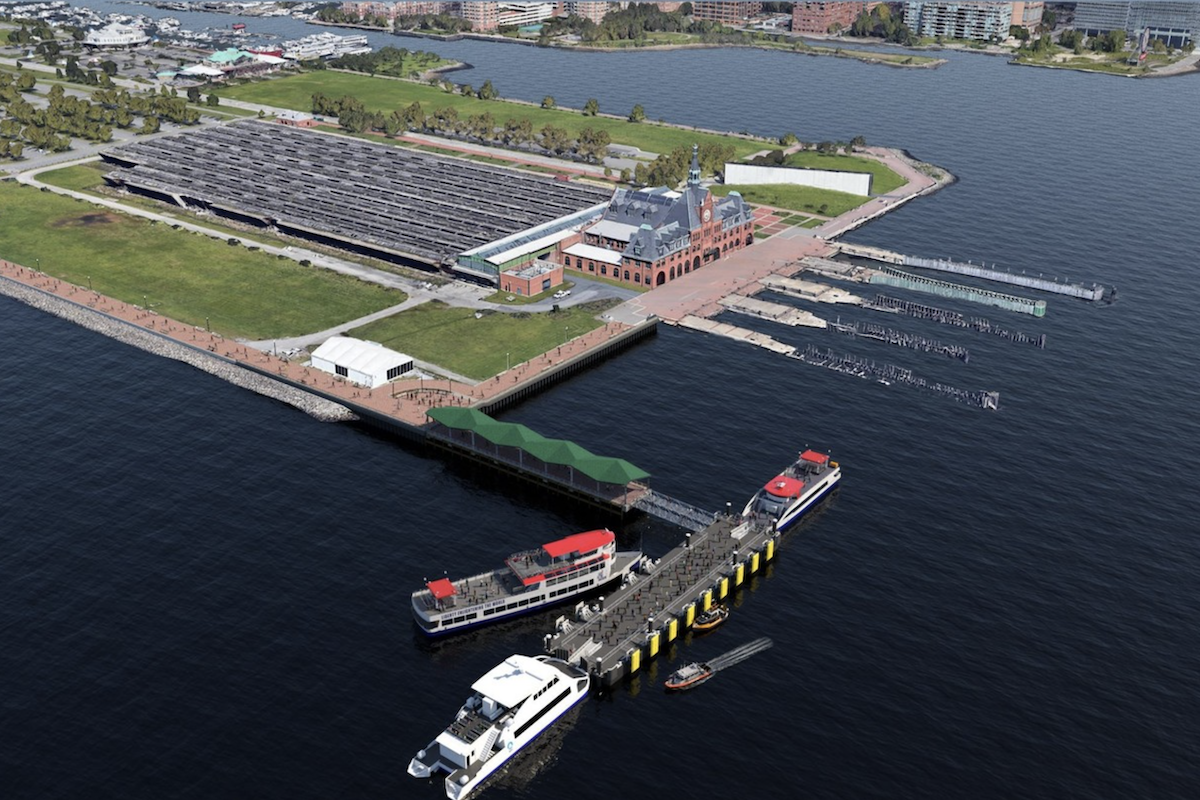The mega-loop will meet the needs of a growing region and improve connectivity to major roadways in Houston and also supports hurricane evacuation efforts. This megaproject, owned by the Texas Department of Transportation (TxDOT), will work to improve mobility, safety, travel time reliability as well as support economic growth.
The project was conceptualized in the early 1960’s when construction was divided into 11 segments around the city. Segments H, I-1, and I-2 are currently slated to open to traffic in spring 2022. This latest project represents approximately 29 percent of the entire Grand Parkway corridor, leaving only about 57 more miles to be constructed. Once it is completely finished, it will be one of the longest highway loops in the nation.
“Hydrodemolition was the best answer going forward,” said Aggregate Technologies Project Manager Ethan Namink.
Aggregate Technologies is a full-service concrete cutting contractor with a wide array of concrete demolition and removal capabilities. With cutting-edge concrete cutting equipment, concrete removal is done with top-of-the-line equipment and technology – including diamond blades, wire saws, and core drills.

| Your local Trimble Construction Division dealer |
|---|
| SITECH Allegheny |
| SITECH Northeast |
According to the Aggregate Technologies website, “Hydrodemolition is a method of using high-pressure streams of water to blast away deteriorated concrete. The water aquajet process works to remove layers of concrete, exposing the rebar below the surface and providing an excellent bonding surface for fresh concrete. It’s an accelerated erosion effect.
“The hydrodemolition process allows concrete to be removed to very precise depths and creates a uniform surface. It also preserves reinforcement bars and does not introduce impact and vibration into a structure the way using a jackhammer would. There are also environmental benefits including reduced air and noise pollution. The water used during the demolition process can also be captured quickly and treated so as to reduce runoff contamination.”
First developed in the 1980’s in Europe, hydrodemolition technology was mostly used for surface restoration and protection projects. The process proved to be a good way to minimize construction risks and delays while becoming less damaging to the surrounding environment.
Construction workers can use hydrodemolition for horizontal, vertical, and overhead concrete removal and surface preparation on reinforced and non-reinforced structures. The process is effective in removing concrete from around embedded metal elements such as reinforcing steel, expansion joints, anchorages, conduits, shear connectors, and shear studs. Hydrodemolition can also be used for localized removals where deterioration is confined to small areas and for large area removals in preparation for a bonded overlay as well as to remove existing coatings from concrete.
“The challenge that we had on this project was that there was an excessive amount of steel around the trumpets that were in place,” Namink said. “The reinforcement within the cap was extremely tight. I don't know how they got the aggregate to get through the gaps of the steel. It was difficult to blast around it, as it was 5 feet thick. We ended up blasting 2.5 feet to the center of the cap, so we could obtain the most production possible for our client. We blasted 2.5 feet on each side, totaling a 5-foot-thick section for the cap to be removed. When originally presented with the project, we were told it should be 30 inches, but once we got there, we realized the end caps were 58 inches wide.”

| Your local Trimble Construction Division dealer |
|---|
| SITECH Allegheny |
| SITECH Northeast |
“Once we knew that we weren't going to hit our deadline while working eight-to-10 hour days, we ended up switching from 10-hour days to 16-hour days. We were working through 10-degree nights with gusts of wind of up to 40 miles an hour,” Namink said.
Namink said his work crew at Aggregate ended up completing the job on time, put it back in place, and met the closing time.


































































